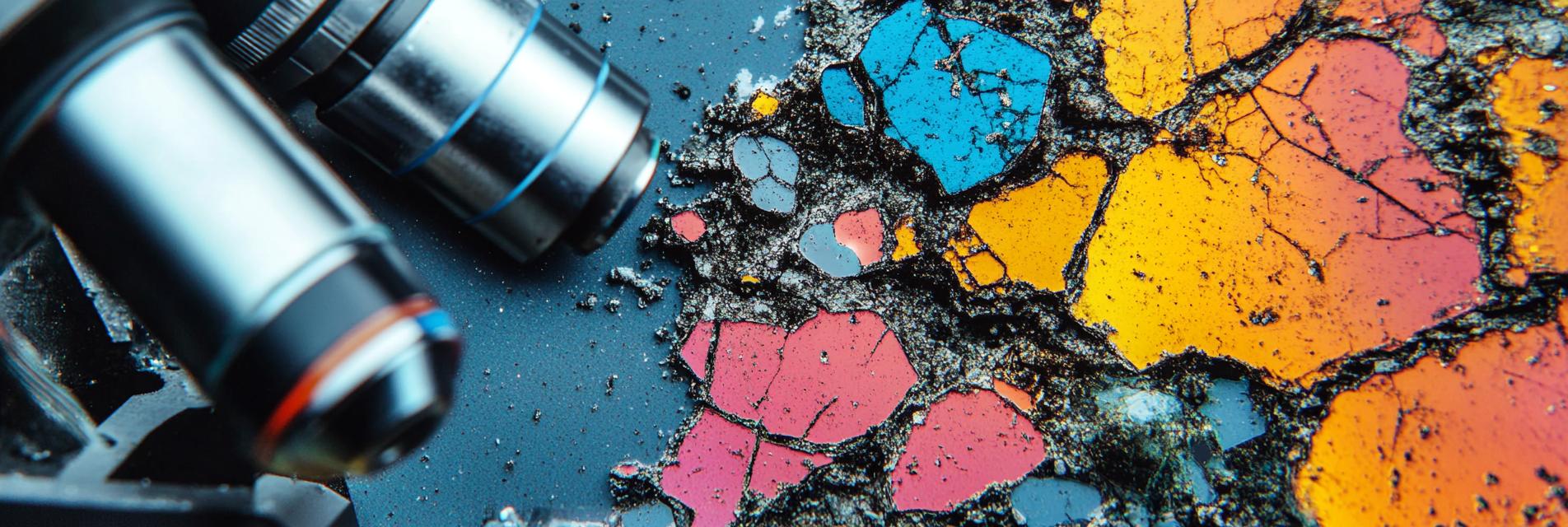Welcome to the wobbly world of rubber! 🥳 Just like your favorite stretchy toy, rubber materials also have their ups and downs when it comes to storage. Have you ever wondered what happens to those bouncy balls and yoga mats when they're tossed into a storage corner? Let's dive into the fun chaos of rubber material degradation!
Rubber degradation is not as dramatic as it sounds – no rubber superheroes losing their powers here! Instead, it's all about the factors that cause the rubber to become, well, a little less rubbery. Factors like light, heat, humidity, and even oxygen work together in a not-so-great symphony that contributes to degradation. 🎶
Picture this: your favorite rubber bands seem to have lost their elasticity after a summer in the garage. That's because exposure to UV light can cause rubber materials to break down faster than you can say "stretch!" Additionally, high temperatures can wreak havoc on rubber, causing it to harden or crack. The humidity levels also play a part; too much moisture might lead to mold or mildew. Yikes! 🦠

Now that we know what's out to get our rubber materials, let’s take a look at some preservation techniques that can keep them in their prime! Here are a few tips:
By understanding these factors affecting rubber degradation, manufacturers and consumers alike can take steps to ensure the longevity of their rubber products. Remember, a little care goes a long way! Just like you wouldn't let your prized gel pens sit in a hot car, don’t let your rubber products endure the same fate!
So there you have it! The not-so-scary world of rubber degradation during storage. With the right techniques, we can keep our rubber materials bouncy and strong for as long as possible. Who knew that keeping rubber happy could be so entertaining? 🎉
